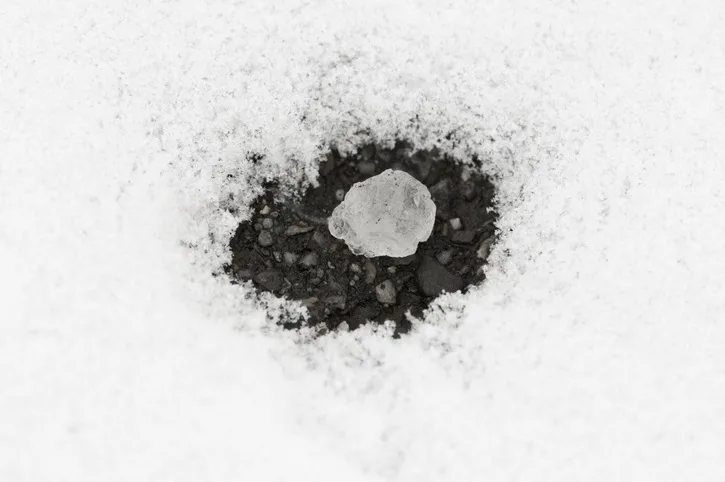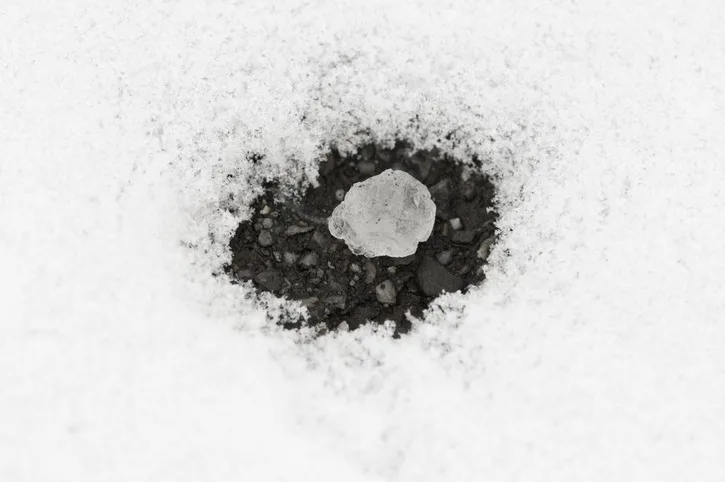
Here's why we use salt to melt snow and ice
The science behind road salt, and its impacts on the environment.
Millions of tonnes of road salts are poured onto city streets each winter to help melt snow and ice.
But what's the science behind this?
First off, let's talk about composition.
Road salt is made of sodium (Na) and chlorine (Cl), which are the same elements in the salt on your dinner table.
The reason that road salt looks different is because it does not go through the same purification process as table salt and can contain impurities that can make it look brown or grey.

Road salt is a bit like the salt on your dinnertable, with some key differences. File photo/couresy: Getty Images.
"Water freezes at 0 degrees Celsius and road salt works by lowering the freezing point of water from anywhere to -6 degrees Celsius to -17 degrees Celsius," explains Weather Network environmental scientists Isabella O'Malley.
"Through a process called freezing point depression, the salt prevents water molecules from forming solid ice crystals and it only works if there's a small amount of water present."
That's why you'll often see city trucks pre-treating roads with a mixture of water and brine before a forecasted snowfall.
If road salt is applied to a dry road, it's unlikely to help much.
And while it's one of the most widely-used de-icers, road salt has a negative environmental impact, because it can leach contaminants into the ground.
Scientists are continually coming up with methods to make our roads -- and our de-icing methods -- safer.
WATCH: Salt vs. sand vs. beets - How to really de-ice your driveway
ALTERNATIVES
There is a considerable amount of sodium chloride in beet juice, which is another method that can lower the freezing point of ice on the roads. If it's added to a salt solution and sprayed on ice, it. It's a method that's been used successfully in several Canadian cities.
Sand can also be applied to roads because the sand crystals increase friction which prevents tires and shoes for slipping and can also help prevent new ice from forming.
